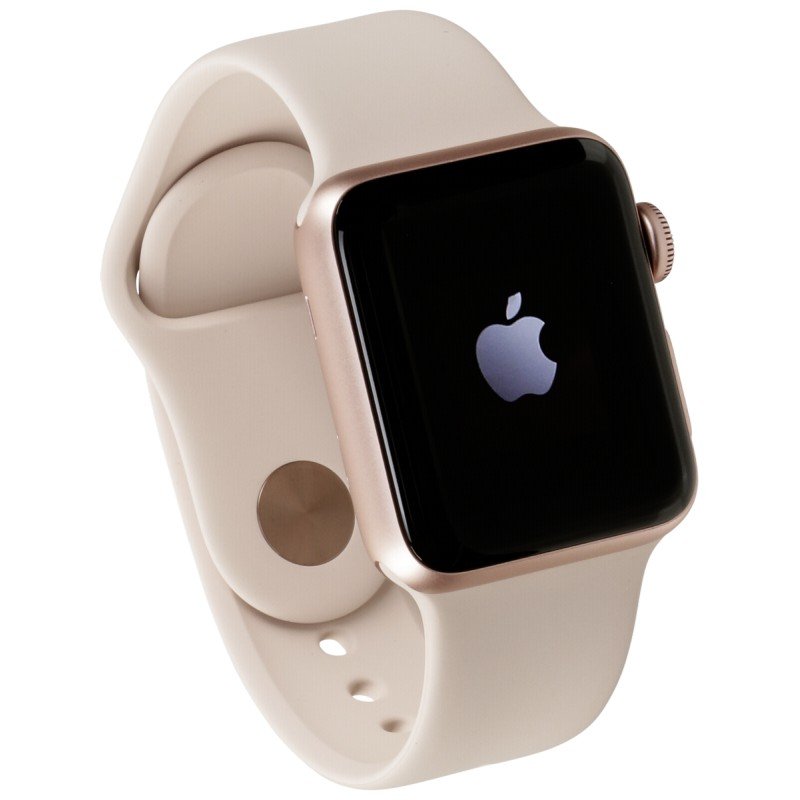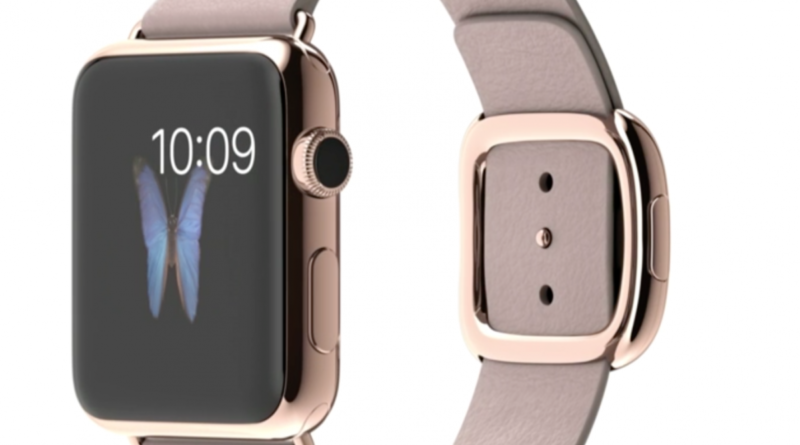Reports suggest that Apple is reducing its workforce following the abandonment of its internal initiative to manufacture Apple Watch displays.
Apple’s endeavor to develop its own display technology was a component of its larger initiative to increase internal design capabilities across its product lineup.
Apple Inc. is discontinuing a prolonged project aimed at designing and producing its own smartwatch displays, marking the conclusion of another costly research and development venture.
In recent weeks, the company has halted internal efforts to develop screens utilizing microLED technology, as reported by individuals familiar with the situation. These displays, renowned for their brighter and more vivid visuals, were intended for incorporation into a forthcoming iteration of the Apple Watch, with potential expansion to other products thereafter.
However, the expense and intricacy of the endeavor eventually became overwhelming. As a result, Apple is currently restructuring the teams responsible for display engineering and cutting several dozen positions in the United States and Asia, according to individuals familiar with the situation, who requested anonymity due to the confidentiality of the matter.

The decision to halt the project coincided with Apple’s choice to abandon development of a self-driving car. In both instances, Apple is offering affected employees the chance to transition to other roles within the company. For those unable to secure new positions, which is expected for some, they will be laid off and offered severance packages. An Apple spokesperson declined to provide a comment.
The display project formed part of Apple’s broader initiative to increase its in-house design of technology. While the company already tailors the displays in its products, they heavily rely on designs from partners such as LG Display Co. and Samsung SDI Co. By bringing more of this process in-house, Apple aimed to gain a competitive advantage.
Additionally, Apple recognized the potential of microLED, composed of millions of tiny light-emitting diodes, and aimed to play a pivotal role in its development. MicroLED technology consumes less power, provides more accurate color reproduction, and enables thinner devices.
The initiative began approximately seven years ago within Apple’s hardware engineering department. It was subsequently transferred to Wei Chen, who oversees Apple’s display team. The project, known internally as T159, was moved to Apple’s hardware technologies division a couple of years ago.
Apple also constructed its own screen production facility in Santa Clara, California, close to its Cupertino headquarters, where hundreds of employees were involved in testing the manufacturing of microLED displays. A significant portion of the job reductions affect individuals at that location, as well as at Apple’s display engineering facilities in Asia, located near the company’s supply chain centers.
A recent visit to the Santa Clara facility revealed that the building was still in operation, with vehicles in the parking lot and a small group of employees entering and leaving the premises.
Years ago, when Apple conceived the microLED plan, it envisioned the technology as a successor to the prevailing standard: organic LED screens, or OLEDs. The company anticipated integrating microLEDs into all its products eventually, spanning from Apple Watches to iPhones to Macs.
Initially, in 2018, Apple aimed to introduce the screens to the Apple Watch by as early as 2020. However, this timeline was repeatedly pushed back, first to 2024, then to 2025, and beyond. This situation mirrored Apple’s experience with its electric car project, which faced multiple postponements before its eventual release.
Despite their advantages, microLED screens posed challenges in terms of production scalability. Manufacturing them necessitated cutting-edge technology and a complex process known as LED transfers, involving the placement of pixels on the display. While Apple controlled the design and manufacturing of microLED screens, it collaborated with several partners for mass production and tasks such as LED transfers.

Recent reports indicate a shift in the project as suppliers announced the loss of microLED-related contracts, with AMS-Osram AG stating that the cancellation would lead to job cuts, potential sale of a manufacturing plant, and a significant writedown of nearly $1 billion.
Presently, Apple considers OLED to be the optimal solution for its smartwatch. However, the company remains interested in integrating microLED into future projects. It is exploring potential new suppliers and processes to make this technology feasible for its devices in the future, although this transition is unlikely to occur in the near term.
Is the Samsung Galaxy Z Flip 5 currently the top choice for foldable phones available in India? In our latest episode of Orbital, the Gadgets 360 podcast, we delve into the features of the company’s new clamshell-style foldable device. Orbital can be streamed on Spotify, Gaana, JioSaavn, Google Podcasts, Apple Podcasts, Amazon Music, and other podcast platforms.

